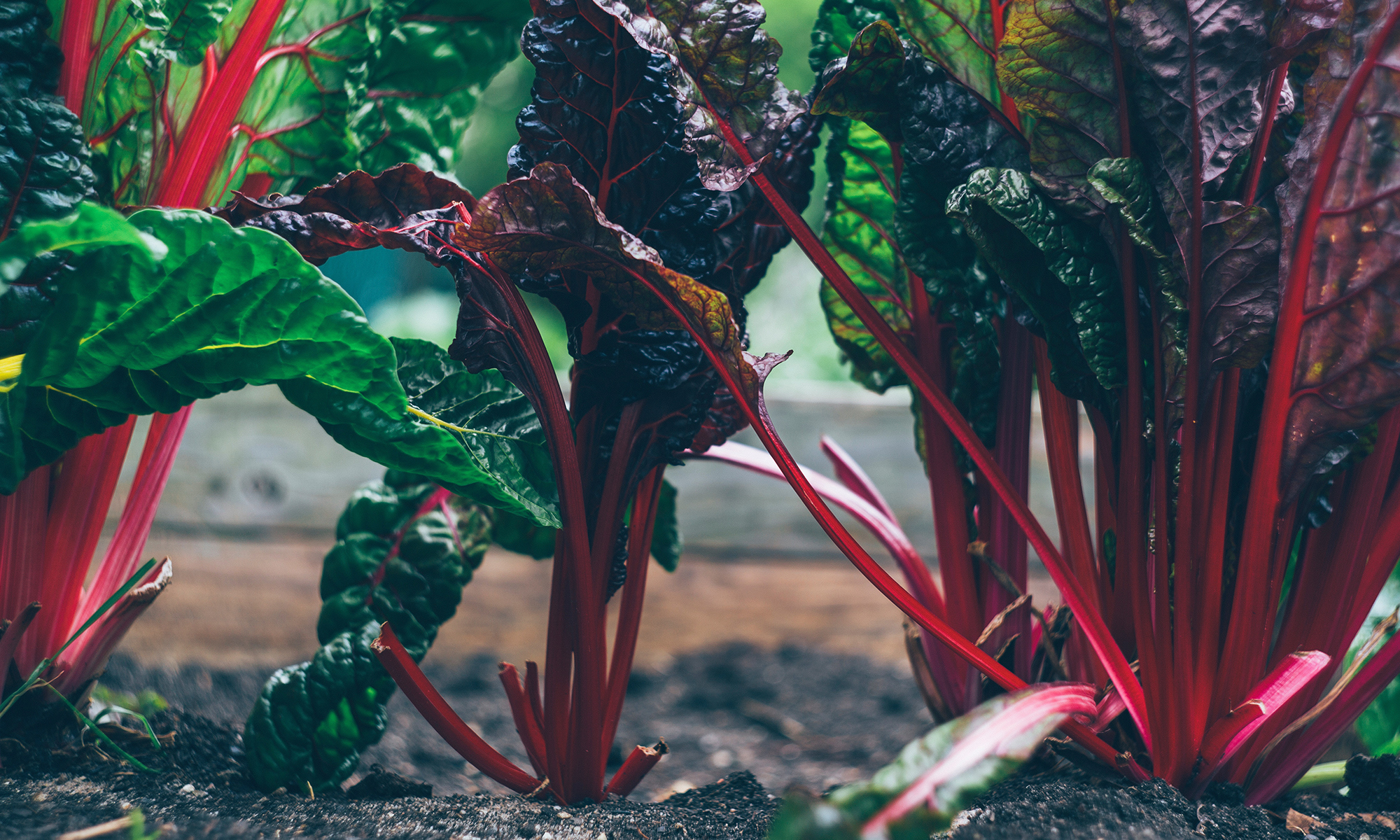 My favorite part of traveling is exploring other cultures’ cuisine, especially breakfast! I’ve never been a fan of American breakfasts – for me, eggs, pancakes and bacon induce naps within 30 minutes despite copious amounts of coffee. But breakfast abroad… Fried Rice in Bali, Congee with Meatball in Thailand, Salads and Cured Fish in Israel….. is a treat.
My favorite part of traveling is exploring other cultures’ cuisine, especially breakfast! I’ve never been a fan of American breakfasts – for me, eggs, pancakes and bacon induce naps within 30 minutes despite copious amounts of coffee. But breakfast abroad… Fried Rice in Bali, Congee with Meatball in Thailand, Salads and Cured Fish in Israel….. is a treat.
In Vietnam, the traditional breakfast is Pho: hot, steaming rice noodle soup with meat and onions, topped with lots of fresh herbs. And despite the hot climate – last week it was hazy, hot and humid – Vietnamese will slurp this dish throughout the day.
On my first morning in Saigon (Ho Chi Minh City as it’s formally called), I scouted out places for breakfast. I wanted to find a café/restaurant that seemed busy with locals (I wasn’t quite ready to order straight from a street vendor) – an indication that the food was fresh and tasty. I had been told that the side condiments of hoisin and sriracha were an American invention, and indeed we did not see any on the table. Instead we saw fresh sliced chilies and garlic soaking in fish sauce. With each bowl is served a side plate of more herbs: a combination of basil, cilantro, recao (or long cilantro) and bean sprouts. We also had fried crullers, which we saw people dipping into their soup. They tasted stale to me, and to my taste did not add to the experience. On the first morning I was hesitant to add the fresh herbs (I am leery of eating anything that isn't peeled or cooked, especially on the first day). I enjoyed my soup that had slivers of ginger. Most shops sell pho for 20,000 Dong (about $1.25 USD)
Each noodle shop has its own secret recipe for the broth, and variation on the herbs. But you can count on the bowl being a balance of Yin and Yang – hot and cold foods. The broth, with its meat, onions and ginger are hot (yang) and the fresh herbs, sprouts and lime are cool (yin). The noodles are balanced, and all together this dish is in harmony.
Perhaps the best bowl of Pho was in the outskirts of Hanoi. This version was laced with slivers of kaffir lime leaves which gave the broth brightness. And by this time, I was less hesitant of adding plenty fresh herbs. A few places served hoisin and chili sauce on the side… had this been a Western transplant?
How to eat Pho
The soup is served with a plate of garnishes so you can season the soup just as you like it. I prefer extra scallions, basil, bean sprouts, chilies and a good squeeze of lime. Some people add extra fish sauce and cilantro. In some places you will see dishes of hoisin and sriracha. Add these to your taste. Whatever you like, just stir it in with your chopsticks.
Pho is a two handed meal. With your dominant hand (for me, it's left), hold the chopsticks and in your other hand a spoon. Pull up the noodles with your chopsticks and slurp (or shovel). Eat a spoon of broth. Alternatively, pull up the noodles with your chopsticks and use the spoon to help guide the noodles into your mouth. I try to alternative between bites of noodles and slurps of broth so that I keep everything balanced throughout the bowl.
During the second week of my trip, I ventured into Banh Mi Pate – another popular breakfast treat. [[ This is very much street food, in that the vegetables are raw and unpeeled and the meats are not refrigerated. If you have a weak traveler’s stomach you may want to avoid this.]] I had enjoyed this sandwich in the US, but always assumed it was a lunch treat. One of the few dishes that’s a holdover from the French occupation, this sandwich combines pork pates and cured hams with pickled carrots and daikon. With sprigs of cilantro and slices of chilies, this sandwich has a decidedly Vietnamese feel. To give it an extra Vietnamese touch, the pates are wrapped in lotus leaves before they are cooked. If you thought Pho was a deal, this is a scream – only 10,000 Dong – about 60 cents!

I love the fact that they eat with chopsticks as well. It’s a tradition after all, isn’t it?